Even if you're not a fan of protein shakes, you've no doubt know about the importance of properly refueling your body after a hard workout. Fail to do this and, the bottom line is, you're leaving precious gains on the table.
Recovery is arguably the most important phase of the workout cycle since it's where your body actually adapts to the exercises you put it through, becoming stronger through supercompensation.
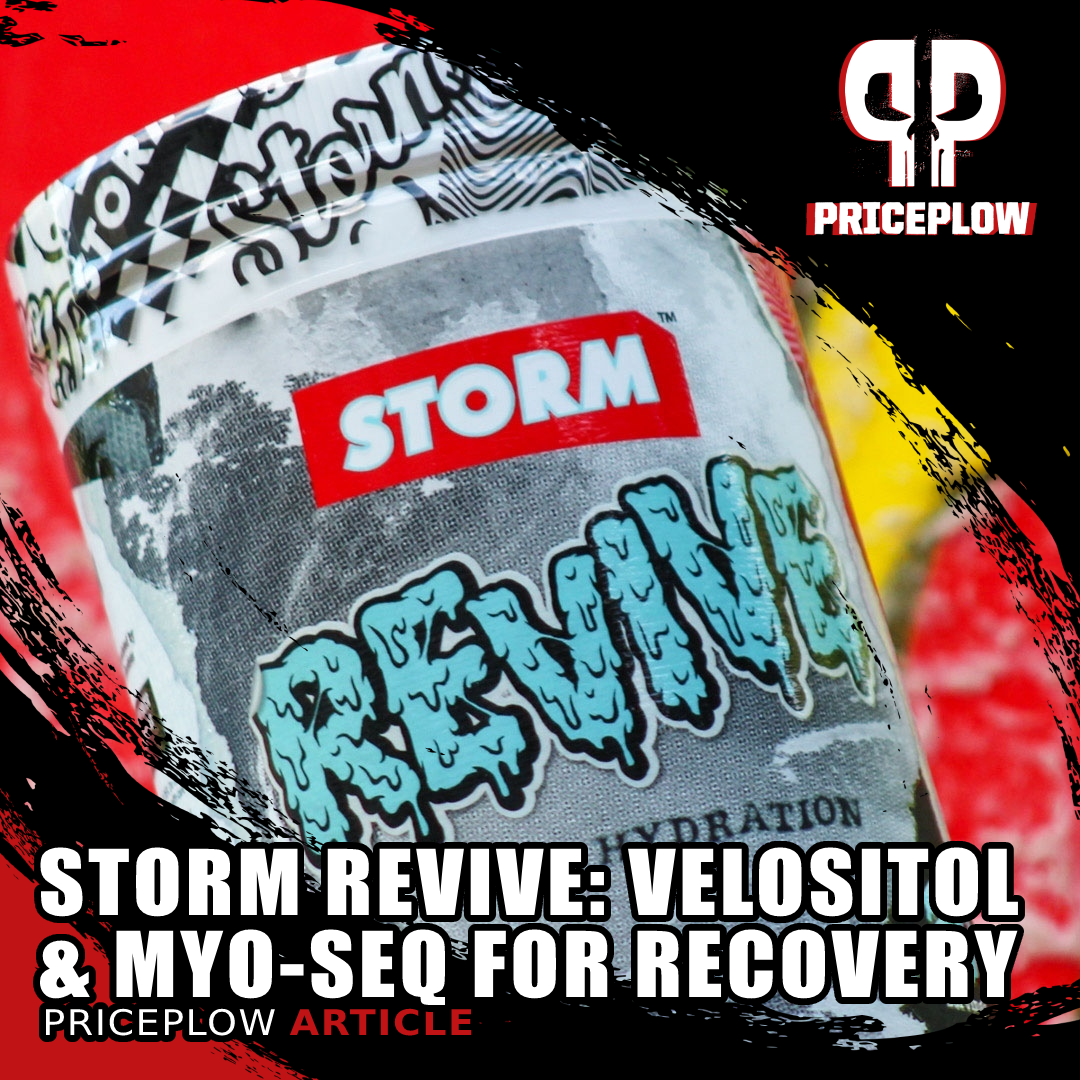
Unless you want to take a step back for every two steps forward in the gym, make sure your recovery game is on point with Storm Revive -- a potent Velositol-boosted EAA and hydration mix that ensures all that work you put in hits the books.
So it's kind of funny that while every supplement company in the world is making a pre-workout formula, post-workout recovery supplements are a little less common.
Revive Muscle Protein Synthesis with Velositol in Storm Revive
Today we're going to talk about an awesome recovery supplement – Revive from Storm Lifestyle. This is a really interesting blend of ingredients, and we can tell a lot of thought went into choosing them.
We're especially stoked to see a big Velositol dose right alongside a full-spectrum amino acid blend in Myo-Seq, making for a great way to take advantage of Velositol's muscle protein synthesis boosting power.
We're going to jump into it, but first, let's check the news and deals on PricePlow:
STORM Revive – Deals and Price Drop Alerts
Get Price Alerts
No spam, no scams.
Disclosure: PricePlow relies on pricing from stores with which we have a business relationship. We work hard to keep pricing current, but you may find a better offer.
Posts are sponsored in part by the retailers and/or brands listed on this page.
Ingredients
In a single 2-scoop (20 gram) serving of Revive from Storm Lifestyle, you get the following - but let's start with Velositol:
-
Velositol (Amylopectin chromium complex) – 2,000 mg
Velositol is a complex of chromium picolinate, chromium histidinate, and amylopectin starch.[1]
It's designed to increase your body's rate of muscle protein synthesis (MPS) by making the protein you eat more bioavailable. However, as we will discuss, Velositol brings some benefits of its own, independent of the effect it has on protein metabolism.
It makes total sense that Nutrition21 would be the company to come up with an ingredient like Velositol since they've been the industry chromium gurus for a couple of decades now. Nutrition21 made their bones, in part, with Chromax, a designer form of chromium that's extremely bioavailable compared to generic chromium, and whose efficacy in raising insulin sensitivity has since been attested to by more than 35 peer-reviewed studies.[2]
The effects of chromium on insulin sensitivity and, hence, blood glucose levels is what got Nutrition21 interested in chromium in the first place.
What their scientists eventually realized is that if chromium improves insulin sensitivity, it could potentially enhance muscle growth and recovery from exercise as well.
That line of inquiry eventually led to the creation of Velositol.
How Velositol Works
Made by Nutrition 21, the experts in Chromium and Insulin management, Velositol can boost Muscle Protein Synthesis by using chromium and a 'tickle' of insulin-spike from amylopectin!
Insulin has been a big supplement industry watchword for at least a decade, ever since the increasingly popular insulin-obesity hypothesis got people thinking about how their macronutrients affect blood glucose control.
But insulin isn't just for metabolizing glucose – it's responsible for moving nutrients in general into your cells, which is absolutely critical for post-exercise recovery. After all, exercise causes strengthening adaptations by damaging your muscles, so for those muscles to repair and grow, they have to draw in amino acids, glucose, and trophic factors.
Insulin is the mechanism behind all of that cellular refueling and rejuvenation.
So by improving your cells' insulin response, Velositol improves their ability to take in nutrients, which ends up making the recovery process both faster and more effective.
For insulin to have this effect, it has to have something to move, which is why Velositol is intended to be taken alongside plenty of dietary protein, which we definitely have in Storm Revive.
Studies on Velositol
A 2017 human clinical study on Velositol set out to demonstrate how it works. Researchers started by randomizing participants to one of two groups.
Both groups did the same workout, upon the conclusion of which one group took only whey protein while the other group got a combination of whey protein and Velositol.[3]
The researchers then measured the participants' rate of MPS and found that the group taking both Velositol and whey had significantly higher MPS activity than the group that got whey only.[3]
This chart is from a preclinical study,[4] using ascending amounts of whey protein - and the results ascend as well!
This result was replicated in a follow-up preclinical study where subjects were randomized to one of three different groups:[4]
- Whey protein with gradually rising doses (human equivalent dose of 6-40 grams)
- Pea protein (human equivalent dose of 6 grams)
- Branched-chain amino acids (BCAAs – human equivalent dose of 6 grams)
These treatments were given to animals that were then exercised on a treadmill. Then the researchers measured their MPS rates.
These researchers got the same result as the other study: The animals who got a combination of Velositol and protein had significantly higher MPS rates than those who got protein only.[4] The Velositol groups were observed to have much higher amounts of musclin, a muscle messenger protein (myokine) that is secreted in response to exercise and triggers MPS.[5]
Long-term Velositol supplementation increases fitness
Since MPS is a huge part of your body's adaptation to exercise, we would expect to see greater fitness gains in those taking Velositol and supplemental protein than those taking only supplemental protein.
As it turns out, that's what the research on Velositol indicates.
New research shows that Velositol in combination with 15g of whey protein boosts exercise performance!
A double-blind, randomized, placebo-controlled study on humans published in the Journal of Exercise and Nutrition assigned subjects to one of three groups who took the following treatments daily for an 8 week training period:
- 2 grams of Velositol and 15 grams of whey
- 15 grams of whey
- 30 grams of whey
By the end of the eight weeks, the group taking Velositol with 15 grams of whey saw greater improvement in their total squat reps, vertical jump power, and vertical jump height than the groups who took protein alone.[6,7]
The group taking 15 grams of whey and 2 grams of Velositol did better than the group taking 30 grams of whey – meaning that the Velositol basically made supplemental protein twice as effective![6,7]
Velositol is one of our favorite ingredients, and we've written about it at length before. If you're curious to read that article, visit the following links: Velositol: Enhancing Muscle Protein Synthesis with Science and Velositol Increases Exercise Performance: New University Study Published.
Next, let's get into what Velositol is designed to assist with, because it's a very unique amino acid blend in its own right.
-
Myo-Seq – 5,000 mg
Myo-Seq is a blend of amino acids proportioned to mimic the ratio of aminos in human muscle tissue.
The logic here is that since your muscle is composed of these aminos in a specific ratio, supplying your body with more of that same amino balance could optimize the efficiency of muscle protein synthesis. Myo-Seq includes all 20 known primary amino acids:
Amongst these primary amino acids, the essential amino acids are in red. Leucine, Valine, and Isoleucine are the three Branched-Chain Amino Acids. Image courtesy Wikimedia, modifications in red are our own
- glutamic acid
- leucine
- lysine
- isoleucine
- threonine
- arginine
- aspartic acid
- alanine
- valine
- tyrosine
- phenylalanine
- serine
- methionine
- glutamine
- glycine
- proline
- asparagine
- histidine
- tryptophan
- cysteine
Myo-Seq in context
Myo-Seq was conceived at Glaxon, an innovative supplement-formulating brand.
It was conceived to take over and expand on the role currently occupied by branched-chain amino acid (BCAA) supplements, which are used by athletes of all kinds to prevent excessive muscle breakdown during exercise, as well as enhance the post-workout anabolic response.
It's true that BCAAs do a pretty good job of this, and have been shown to effectively reduce fatigue and prevent catabolism during exercise.[8-13] But the BCAAs (leucine, isoleucine, and valine) are only three of nine essential amino acids (EAAs) that the body needs. Many companies now formulate supplement with all nine EAAs, and as it turns out, they are more effective than BCAAs for muscle protein synthesis.[14,15]
Nonetheless, EAAs still only account for 9 of the 20 aminos we mentioned earlier. Why not take more? Enter Myo-Seq.
Myo-Seq: all 20 primary amino acids
Even though 11 of these 20 aminos are non-essential, meaning that your body can synthesize them on its own, the reality is that endogenous synthesis of anything tends to be less metabolically efficient than just ingesting it in its whole form. Think about it: Every joule of energy that your body spends on making its own arginine is a joule it can't spend on crucial functions like immunity, reproduction, or higher intellectual functions.
The importance of a balanced amino intake
One reason Myo-Seq is novel is because it contains a proper ratio of glycine, serine, and proline to methionine. The first three aminos are abundant in collagenous and gelatinous cuts of meat, like organ meats, whereas methionine occurs more in muscle tissue. Americans have been eating fewer organ meats, replacing them with muscle meats. This potentially leads to dietary methionine to glycine ratios that are out of whack.[16]
So a "balanced background of amino acids" is what Myo-Seq is designed to give you, and it should perform even better paired with Velositol. But still, we do love our BCAAs, so STORM Lifestyle decided to add even more:
-
Branched-Chain Amino Acids (BCAAs) 2:1:1 – 6,000 mg
In addition to Myo-Seq, we also have solid doses of the three branched-chain amino acids (BCAAs).
Leucine, isoleucine, and valine are included in the standard 2:1:1 ratio, which means there's twice as much leucine here – 3,000 mg – as there is isoleucine or valine, which are dosed at 1,500 mg each.
As we said earlier, although the BCAAs are not the complete amino acid picture, they're pound-for-pound the best at preserving muscle tissue during stress and at amplifying the anabolic response to exercise.
Leucine, in particular, is a very effective activator of the mammalian target of rapamycin (mTOR),[8,17-19] which is responsible for controlling the process of muscle protein synthesis (MPS).
This is the reason why you pretty much universally see higher proportions of leucine compared to the other two BCAAs. It's the best of the three at activating mTOR and increasing anabolism.[17-22]
Leucine supplementation is also important as we age, since getting older increases our leucine requirement.[23]
On the other hand, isoleucine and valine are isomers of leucine,[24,25] meaning that all three of these aminos have the same chemical formula, but slightly different chemical structures. As you can probably guess, this means that they have similar, but complementary, effects.
All three BCAAs have anti-catabolic[26-28] and endurance-boosting[29-31] properties.
The standard BCAA dose is 5 grams of all three aminos combined, so it's nice to see a little extra — 6 grams — in Storm Revive.
-
Taurine – 2,000 mg
The conditionally essential amino acid, taurine, is a complicated ingredient to discuss becuase it does a lot of different awesome stuff in the human body.
The first clue to taurine's importance is the fact that when it's ingested or produced, it naturally concentrates in muscle, heart, eye, and brain tissue.[27]
Taurine's CNS effects
As it turns out, taurine is a powerful tonic for nervous system function, and for the physical integrity of your nerves as well. Taurine has been shown to both protect nerves from injury,[32] and also support nerve development and regeneration,[33,34] which is a pretty big deal. Nerve growth is a difficult process and in our experience, there aren't many nutritional supplements on the market today that can speed it along.
Taurine also acts like a neurotransmitter in the brain, where it helps oppose the action of excitatory neurotransmitters like glutamate by mimicking GABA.[35-39] By binding to GABA receptors, taurine can help promote a state of relaxation,[40] while also improve learning and memory.[41,42]
Taurine's glutamate antagonism makes it a great ingredient to synergize with caffeine, helping dampen the excitatory effects of big caffeine doses[43] while preserving the metabolic benefits associated with caffeine use. Of course, caffeine isn't in the Storm Revive formula, but let's be honest, most of us are habitual caffeine users, so we figured it's worth mentioning.
Because of this, taurine is recognized as a powerful anxiolytic agent, helping reduce potentially debilitating symptoms of anxiety.[44-46]
So taurine can be awesome for your brain, your nervous system as a whole, and for your mental energy levels. Research shows increased neurological stress and even temporary cognitive impairment following exercise, so using a big 2-gram dose of taurine (twice the standard 1-gram dose[47]) is just what the doctor ordered.
Taurine: potent anti-catabolic and recovery aid
Remember, taurine is also concentrated in muscle tissue. So let's talk about what it's doing there, which gets to the core of why we see taurine in pre-workouts and recovery supplements these days.
There is some evidence that taurine can improve athletic endurance and power and strength.[47,48] However, the evidence is far from unequivocal and one study calls taurine's status as an ergogenic aid "controversial."[49]
Where taurine undeniably shines, though, is as an antioxidant and anti-catabolic agent.
One study on taurine supplementation during aerobic exercise found that although taurine didn't improve the subjects' performance, it did substantially reduce their burden of exercise-induced oxidative stress. This was assessed by measuring the subjects' blood levels of malondialdehyde, a toxic byproduct of the polyunsaturated fatty acid peroxidation that's part of oxidative stress.[50]
Another study on taurine supplementation in weightlifters found that it was able to completely prevent the usual increase in thiobarbituric acid substances (TBARS), another marker of lipid peroxidation.[51]
Taurine also boosts insulin sensitivity,[52] which is great in many ways, including the role that insulin signaling plays in nutrient partitioning during recovery from exercise.
So although taurine may or may not push your performance during your workout, it seems clear that it can help you recover faster between workouts, supporting your long-term performance and gains.
-
Coconut (Cocos nucifera) [Fruit] Water Powder – 1,000 mg
When it comes to supplying electrolytes with ingredients like coconut water powder, we have two main concerns:
The first is that your body loses lots of electrolytes through sweat when you exercise, and for your optimal health and recovery, these electrolytes need to be replenished .
The second is that if you're combining an exercise regimen with a low-calorie or ketogenic diet to change your body composition – a common practice, to say the least – you're at even greater risk of an electrolyte imbalance since both ways of eating have been statistically associated with increased electrolyte elimination.[53]
Coconut water, which naturally contains lots of electrolytes, is great at improving whole-body hydration.[54] It's even been shown to improve hydration status just as well as certain commercial hydration drinks,[55] except without the sugar, sweeteners, or artificial food colorants.
-
AstraGin (Astragalus membranaceus [Root] & Panax notoginseng [Root]) Extract – 50 mg
AstraGin is a special kind of adenosine triphosphate (ATP) booster.
ATP is the fuel for all your body's cells – in order to perform any kind of work, they need access to ATP and the potential chemical energy stored in the high energy phosphate bonds within the ATP molecule.
Lots of ingredients boost whole-body ATP production, which can lead to gains in performance, health, and wellness as cells get access to the fuel they need for optimal function.
AstraGin, however, boosts ATP availability specifically for intestinal cells, which use the extra ATP to absorb more nutrients.[56,57]
Thus, AstraGin can increase the bioavailability of whatever it's taken with.
It's becoming an incredibly popular ingredient as supplement manufacturers realize that AstraGin's ability to increase the bioavailability of common ingredients means it can ultimately provide more value to their customers.
Over 20 published studies demonstrate the efficacy of AstraGin and its bioactive constituents.[58,59]
Flavors Available
Word on the street is that Revive tastes phenomenal. One thing we've noticed on this label is that it has tartaric acid in front of malic and citric acid, so maybe that's a reason why. We'll have to see for ourselves.
Velositol and Myo-Seq Make a Solid Match in Storm Revive
Velositol and Myo-Seq are awesome and innovative ingredients, and we're glad to see them here, especially with extra BCAAs to boot. This combination makes for something we've been looking for in an amino acid supplement - full spectrum, high in leucine, and something extra (ie Velositol) to help drive muscle protein synthesis even further.
The large dose of taurine is also great -- we see it a lot in workout supplements, but outside of sports nutrition, it's definitely under-utilized. But when it comes to Storm Revive, the unique combination of Myo-Seq and Velositol is what will really push the needle here.
STORM Revive – Deals and Price Drop Alerts
Get Price Alerts
No spam, no scams.
Disclosure: PricePlow relies on pricing from stores with which we have a business relationship. We work hard to keep pricing current, but you may find a better offer.
Posts are sponsored in part by the retailers and/or brands listed on this page.
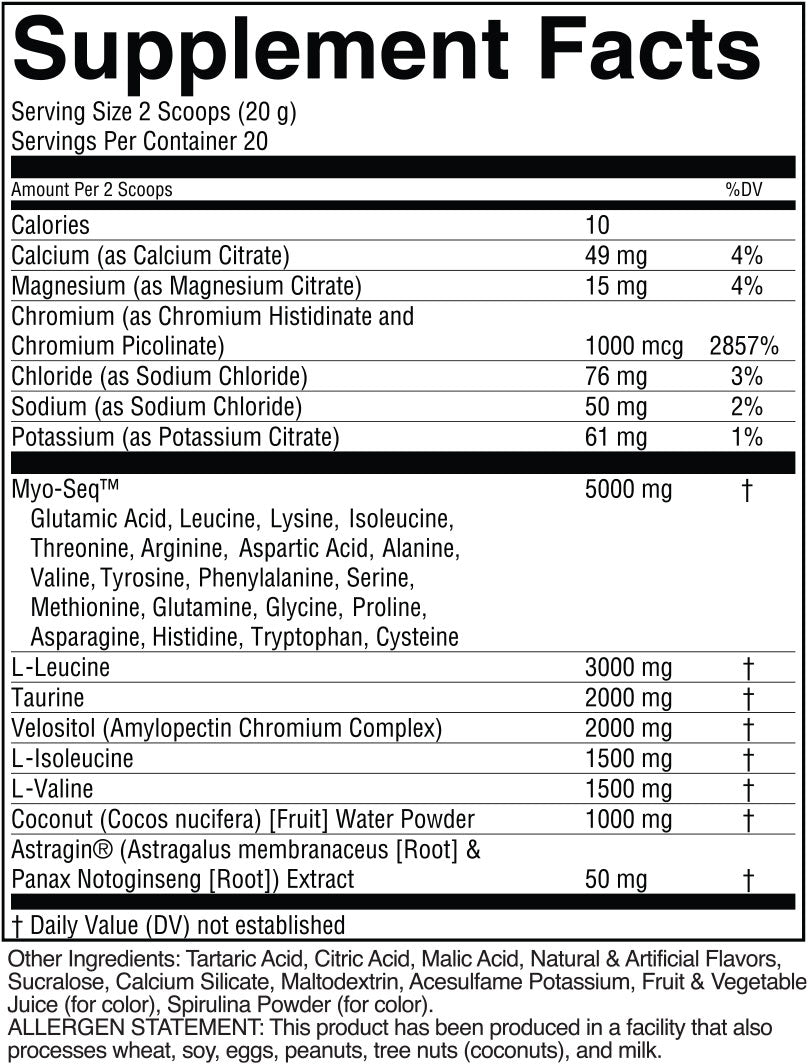
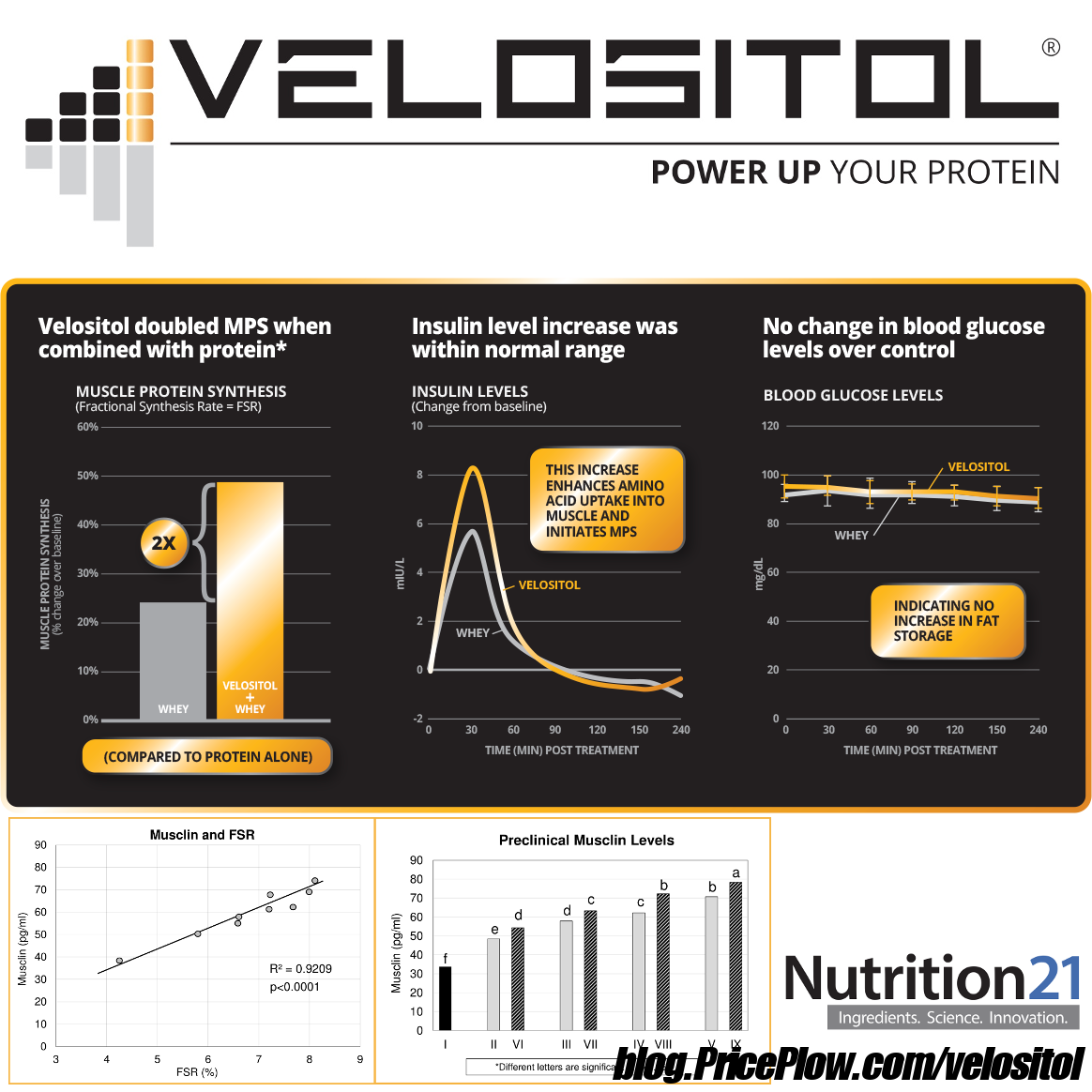
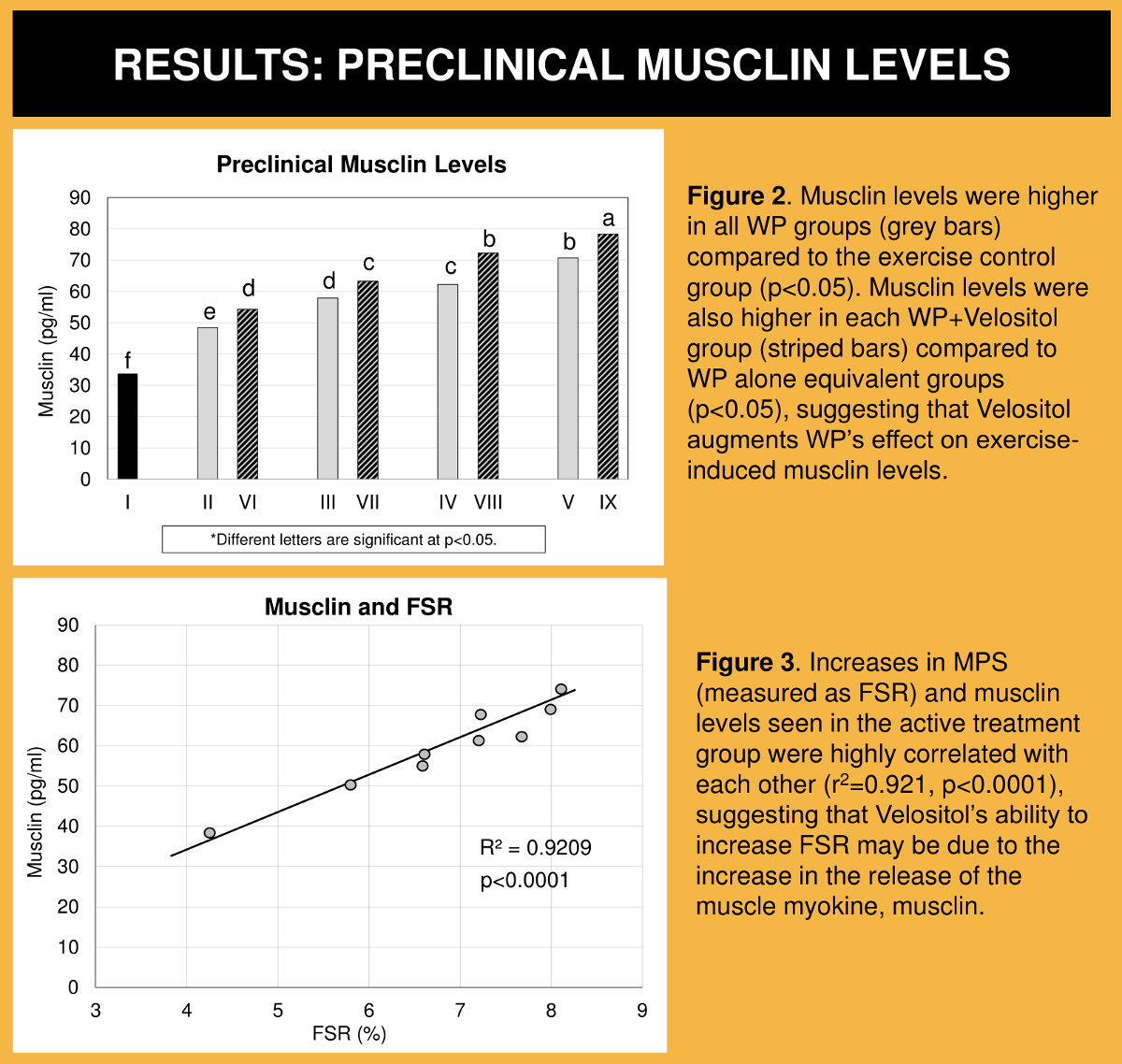
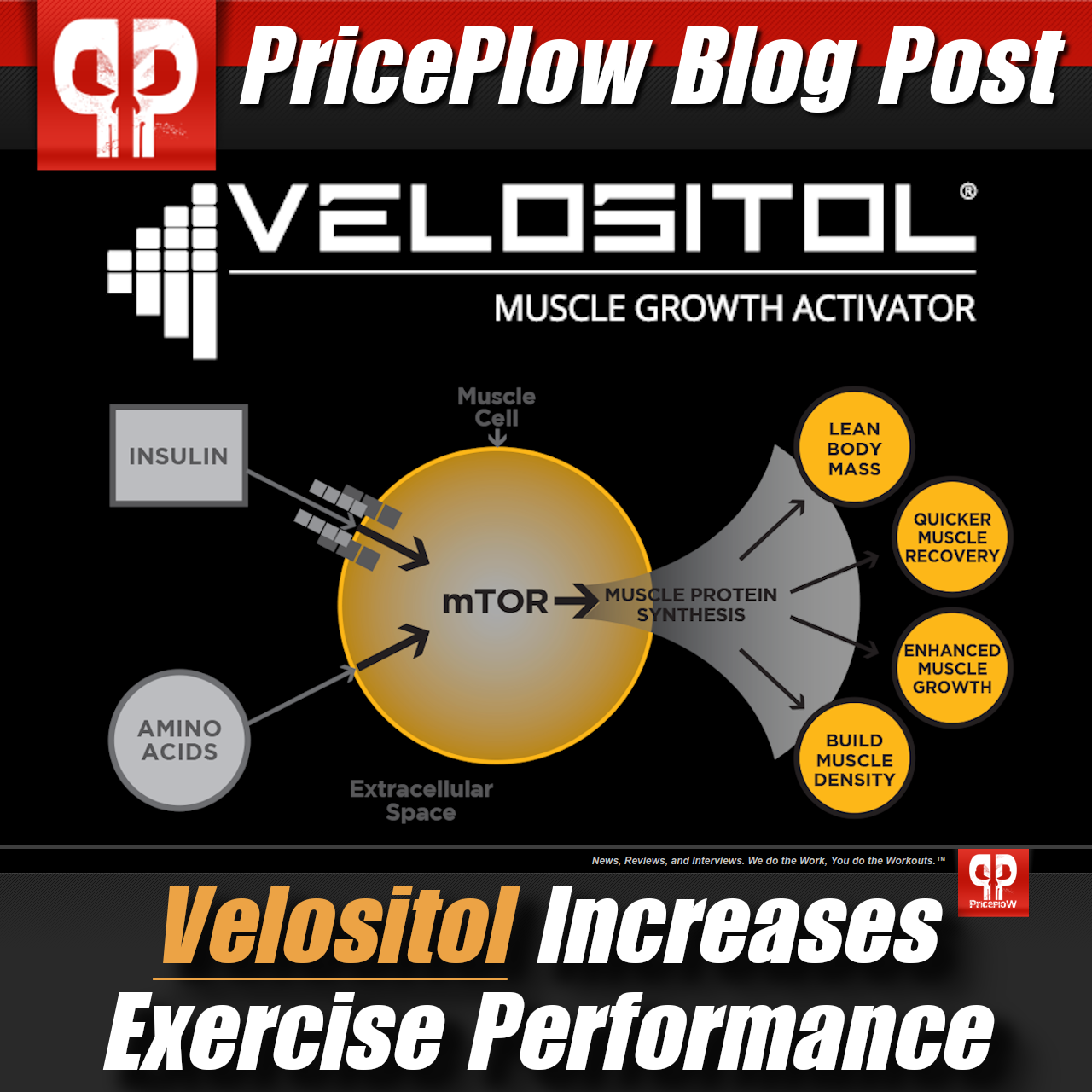
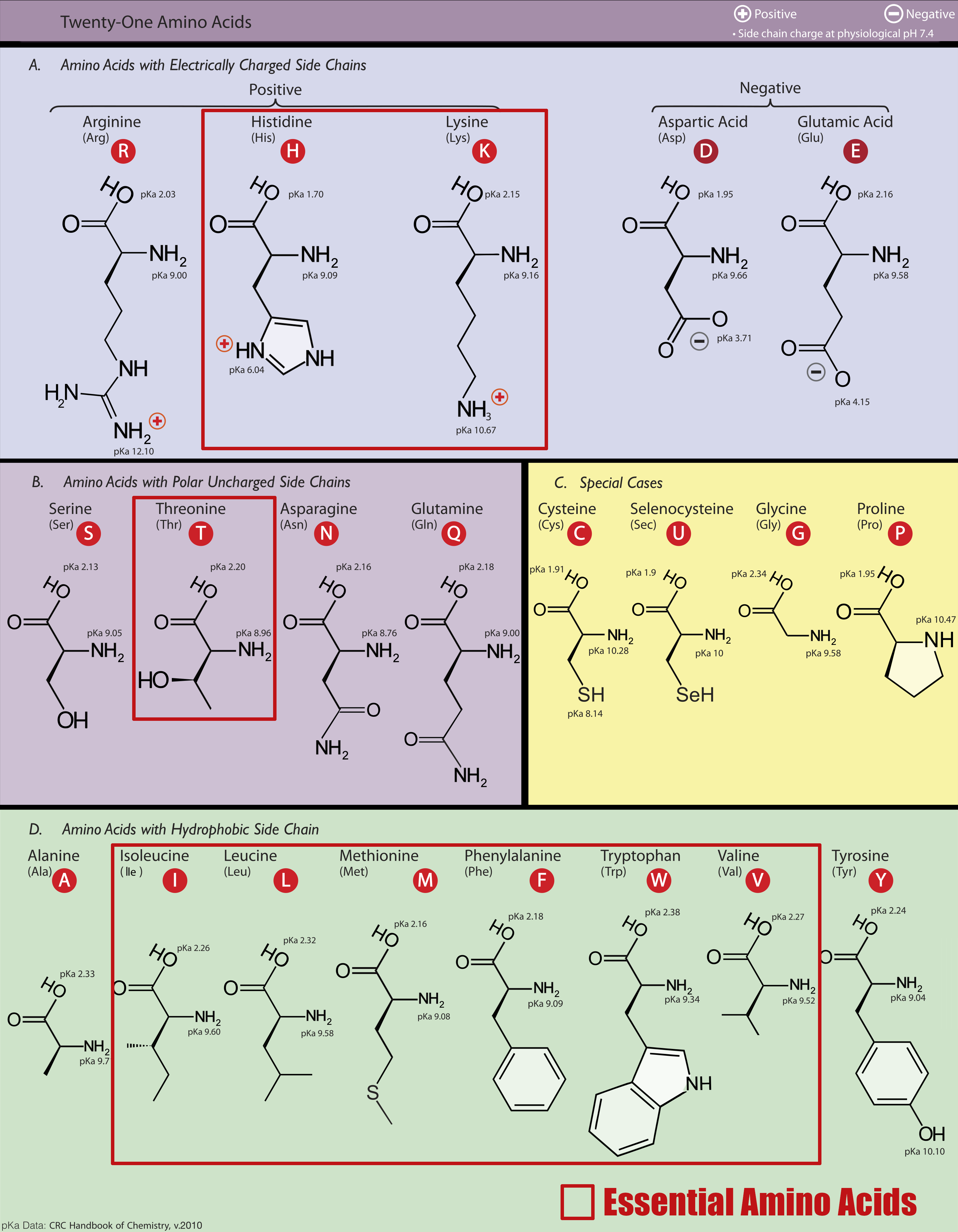
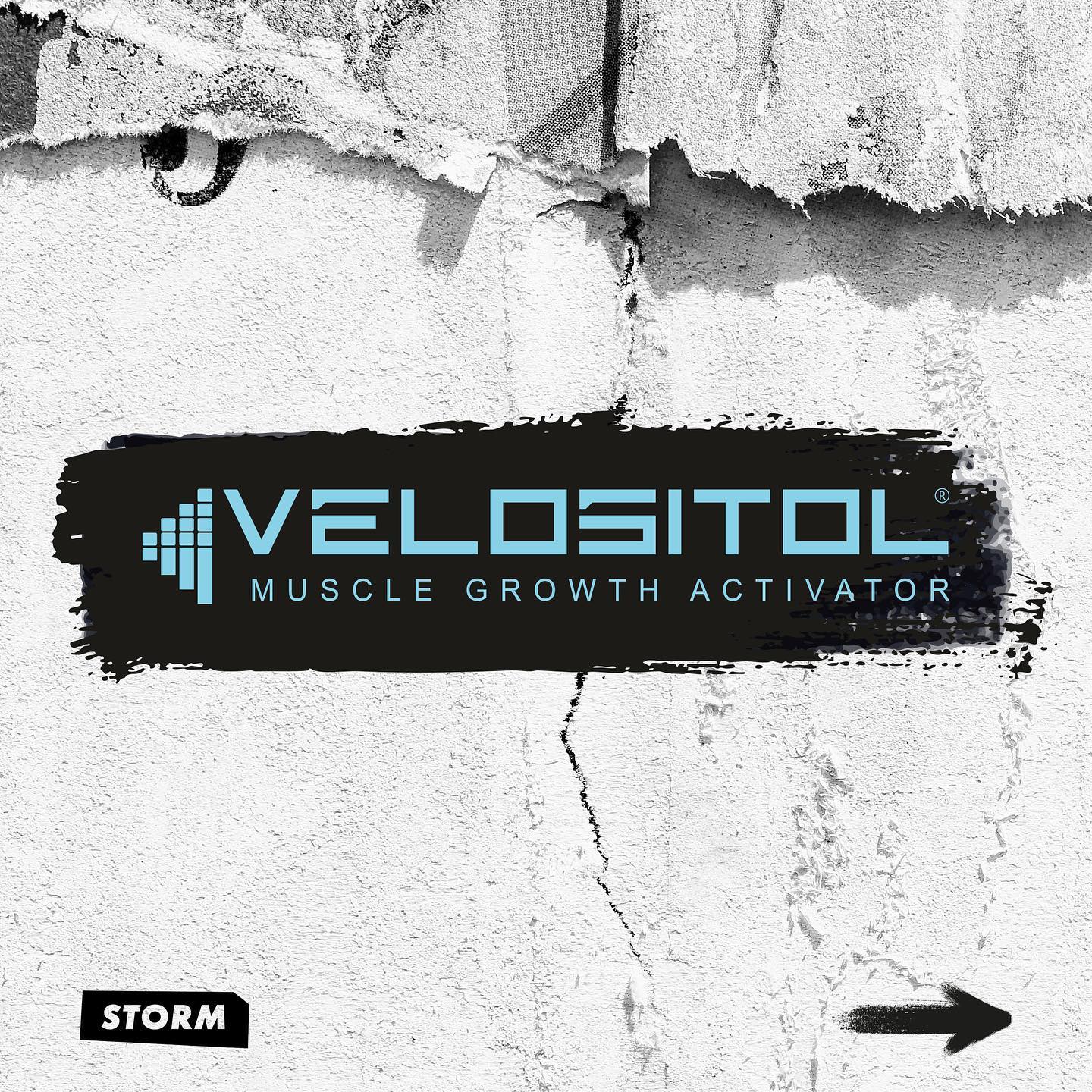
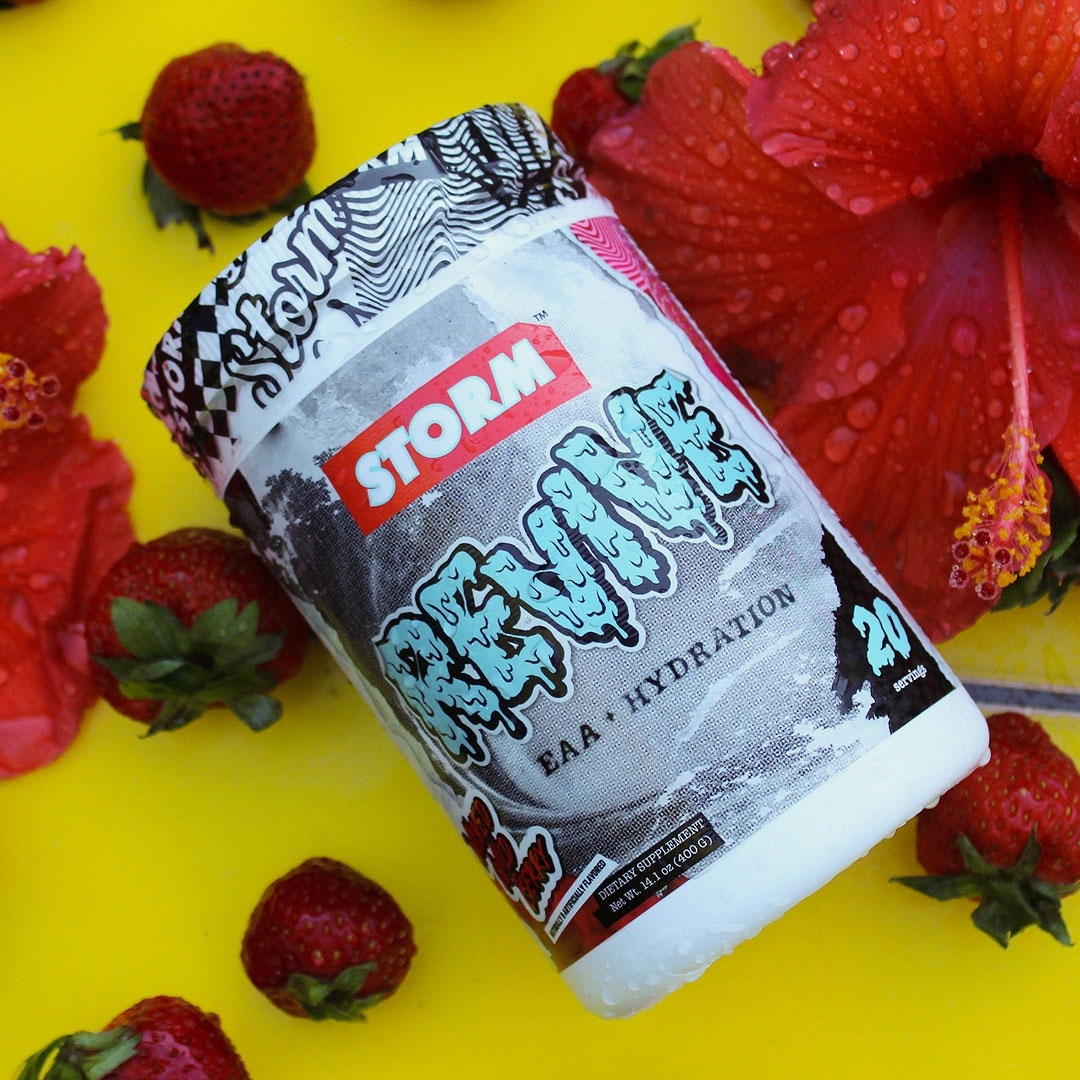
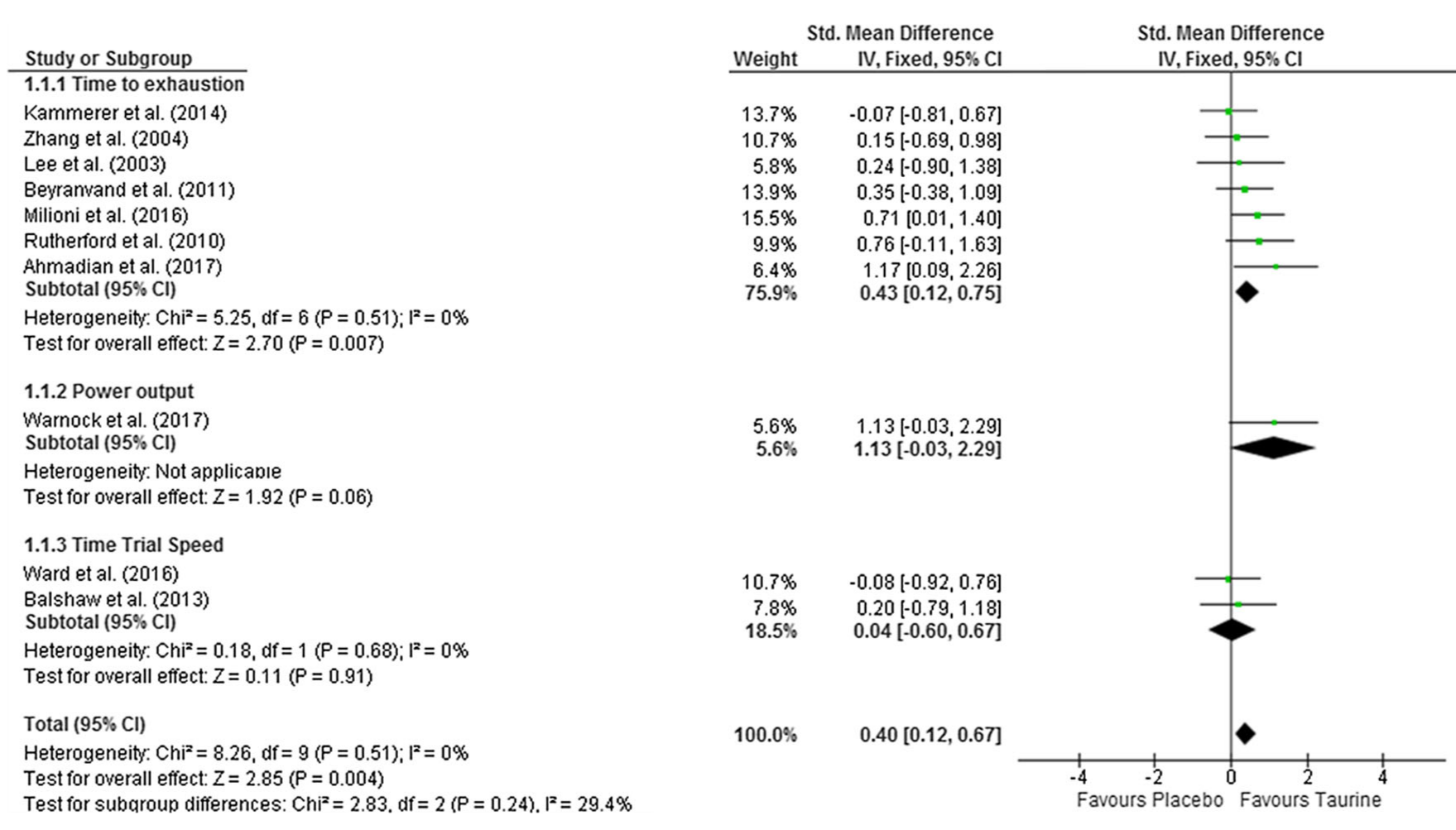
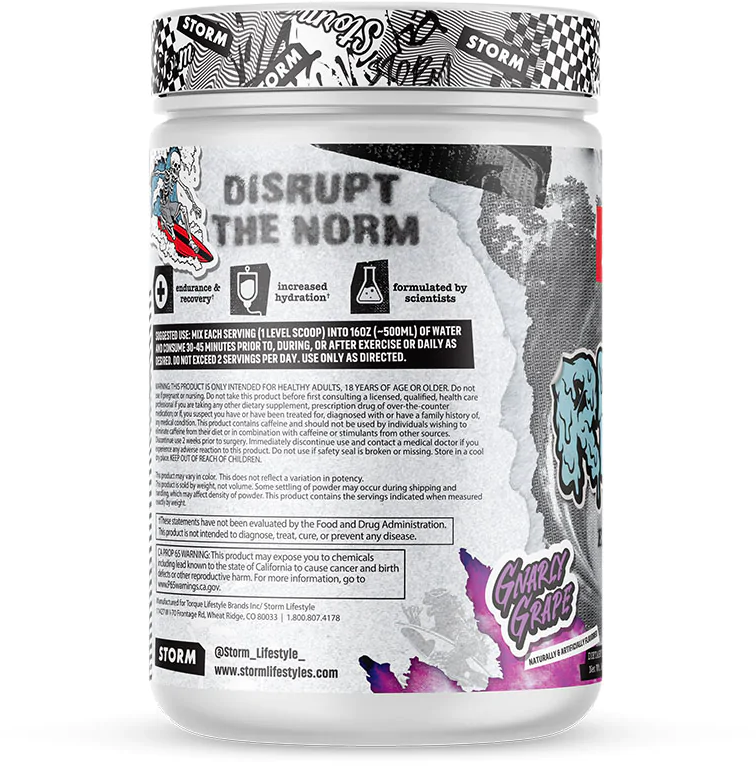
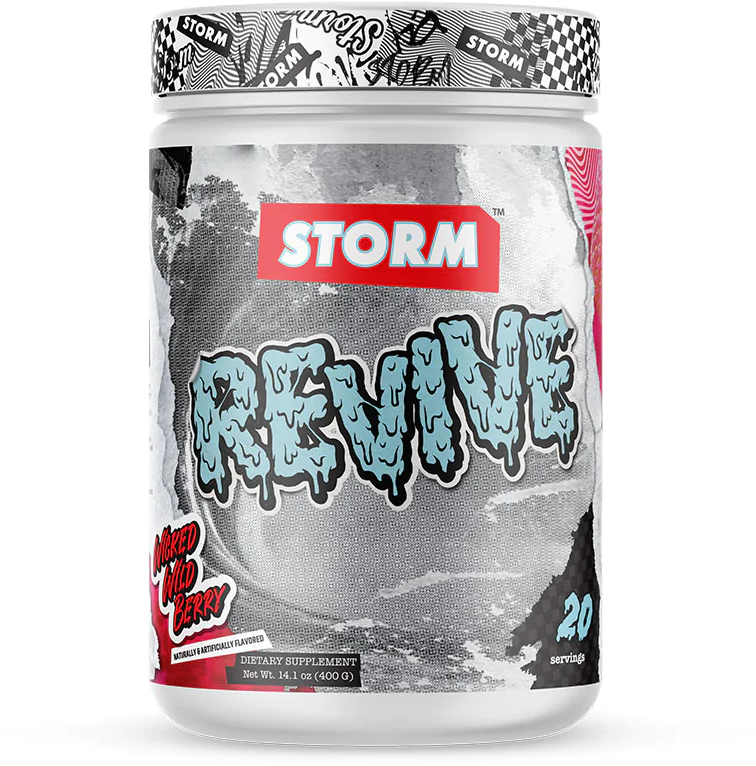


Comments and Discussion (Powered by the PricePlow Forum)